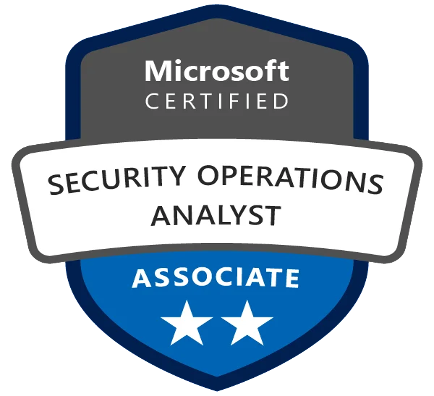Cloud Security Basics
- Megha Mishra
- Jul 7
- 2 min read
Cloud security is often perceived as complex and daunting—but it doesn't need to be. Whether you're launching a new project or managing a large-scale cloud infrastructure, adhering to core security principles can significantly reduce your risk surface. This post aims to distill cloud security down to its essential elements, providing practical guidance that applies across platforms.

1 Misconfigurations: The Accidental Open Door
Contrary to popular perception, many cloud breaches are not the result of sophisticated attacks, but rather simple configuration errors. Common missteps include:
Publicly accessible storage buckets (e.g., AWS S3)
Unrestricted ports exposed to the internet
Excessively permissive access policies
Such oversights can unintentionally expose sensitive data to the public internet.
Recommended Actions: Regularly audit your environment for misconfigurations. Tools like AWS Config, Google Cloud Security Command Center, or Azure Security Center can help identify and remediate issues before they escalate.
2 Identity & Access Management (IAM): Who Gets What, and Why
In cloud environments, access control is paramount. Granting excessive privileges can lead to significant operational and security risks. For example, a user with elevated permissions could inadvertently—or maliciously—compromise critical infrastructure.
Recommended Actions: Adopt the principle of least privilege, ensuring users and services are granted only the permissions necessary for their roles. Implement multi-factor authentication (MFA) as a standard practice to enhance account security.
3 Data Encryption: Lock It Down
Your data lives in two places: sitting still (at rest) and moving around (in transit). Both need to be secured.
At rest? Use built-in encryption tools like AWS KMS or Google Cloud KMS.
In transit? Always use HTTPS/TLS so no one can snoop on your data in motion.
Why it matters: Encryption ensures that even if data is intercepted or exfiltrated, it remains unintelligible without the appropriate decryption keys.
4 Logging & Monitoring: Your Cloud’s Security Cameras
Effective logging and monitoring act as a virtual surveillance system for your cloud environment. Without them, malicious activity can go unnoticed for extended periods.
Recommended Actions: Enable comprehensive logging for account activities, API usage, and system changes using tools such as AWS CloudTrail, Azure Monitor, or Google Cloud Logging. Implement alerting mechanisms to flag anomalous behavior, such as unexpected login attempts or large-scale data exports.
Conclusion: Focus on the Fundamentals
You do not need to be a cloud security expert to maintain a strong security posture. By mastering the basics, you can proactively defend against many common threats:
Maintain strict and consistent configurations
Manage access rigorously
Encrypt sensitive data
Monitor activity continuously
Solidify these practices, and you will have built a robust foundation for your cloud security strategy.
References:




Comments